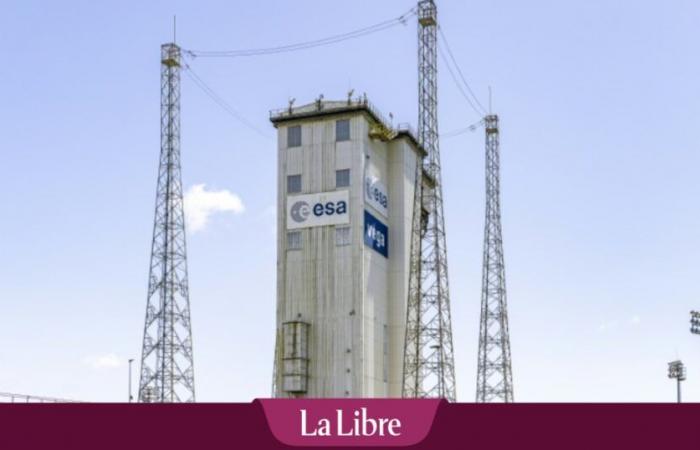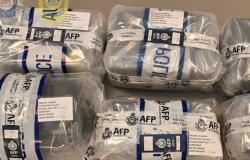
The constellation of two Sentinel-1 satellites is the component of Copernicus responsible for providing radar images of the Earth’s surface in all weather and at all times. It was until now composed of Sentinel-1A and 1B. The latter saw its mission end prematurely in 2022 due to an anomaly, leading to the launch of Sentinel-1C. Sentinel-1A, launched in 2014, will be decommissioned in the near future and replaced by its successor, Sentinel-1D, which is scheduled to launch no earlier than September 2025. The production of Sentinel-1C and 1D cost approximately 470 million euros, compared to 230 for 1A and 1B.
Belgian satellites in the United States: the space company Aerospacelab, based in Walloon Brabant, will produce satellites in the USA
Once in orbit, Sentinel-1C will have to reset in flight and will therefore only be operational within three to six months. “Given the complexity of the satellite, we will be closer to four or five months than to three,” said Yvan Baillion, director of European activities at Thales Alenia Space. Very similar to its predecessors, the approximately 2.3-ton satellite nevertheless features two new technologies. One allows the automatic detection and identification of ships at sea and the other allows the radar antenna to be separated from the satellite as it enters the atmosphere to reduce debris during deorbiting.
The Copernicus network is currently made up of eight satellites (one Sentinel-1, three Sentinel-2, two Sentinel-3, one Sentinel-5p and one Sentinel-6). Including Sentinel-1C, twelve other launches are planned. The Sentinel-5 and 6 missions will notably be launched in the coming years and will be responsible for monitoring the Earth’s atmospheric composition.
This launch is an important moment for the European space industry, as it marks the return of Arianespace’s Vega-C light launcher to the launch pad. The rocket experienced failures during its first commercial flight in 2022, which ended in failure. “We have applied the technical recommendations to the letter and we are ready to calmly relaunch Vega-C,” assured Toni Tolker-Nielsen, director of space transport at ESA.
“Copernicus contributes to weather emergency management and the green transition. The launch of Sentinel-1C is therefore important in order to fully restore the Sentinel-1 mission,” commented Christoph Kautz of the Directorate General for Defense Industry and of the European Commission space. “The European Union aims to become carbon neutral and Copernicus must be used to measure our progress.”





